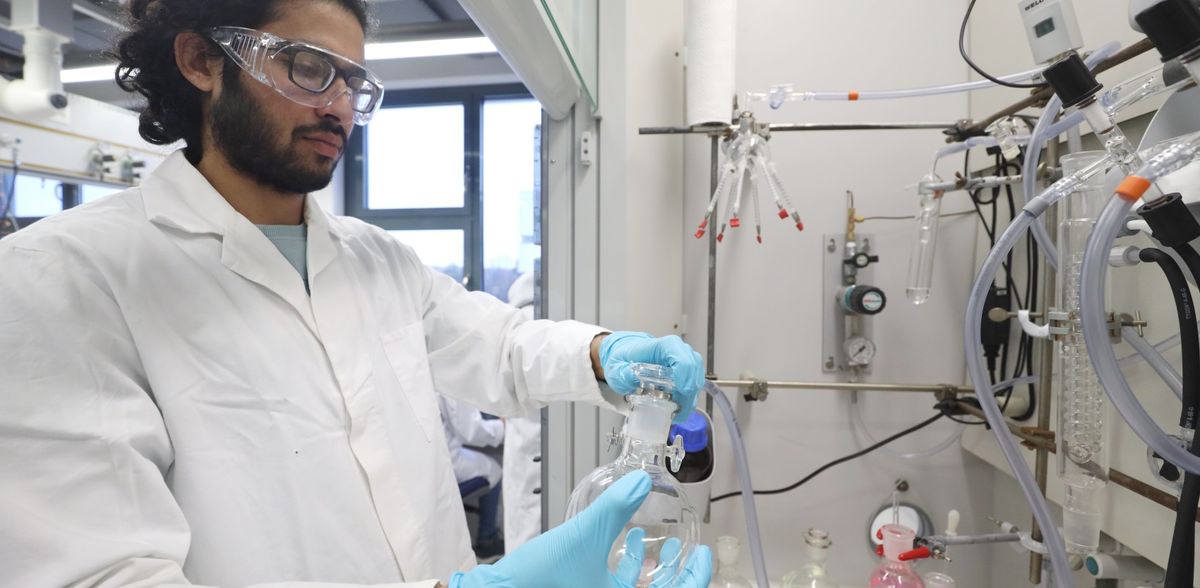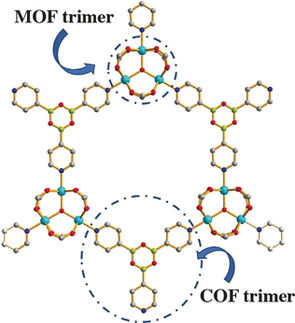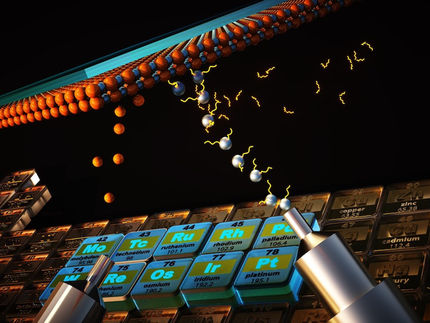Click & Try: A Failed Experiment and Chance Opened up new Paths to an Established Reaction for Chemists
Freed from the Niche with Click Chemistry
The original plan was to develop a new ligand, the shell of a catalyst, so to speak. Specifically, the research groups of Dr. habil. Christian Hering-Junghans and Prof. Torsten Beweries at the Rostock LIKAT were to develop a phosphorus-based ligand. However, the syntheses as part of a doctorate led to a different substance than expected, namely a triazabutadiene.
In the end, the synthesis path proved to be a new form of an established chemical process: the Wittig reaction, which was honored with a Nobel Prize in 1979. The new synthesis is called the "Azide-Wittig reaction" and the paper appeared in the Wiley journal ANGEWANDTE CHEMIE. The work caused quite a stir among experts.
Even before the print edition was published, the authors' message about their paper received ten thousand views and was shared several times online. No wonder. "The Wittig reaction is a household name among chemists, nobody gets past it during their studies," says Dr. Hering-Junghans. It is indispensable for producing functional molecules with double bonds between carbon atoms (C=C). These are "ubiquitous structural motifs" in organic synthesis.
The PhD candidate was also interested in such double bonds: Kushik, a chemist from India, lead author of the paper. For the new ligand, he originally wanted to incorporate phosphorus-carbon double bonds (P=C) into a di-aldehyde. A brief digression on chemistry, grade 10: Aldehydes are molecules that contain a so-called aldehyde group consisting of one carbon, hydrogen and oxygen atom each. Molecules containing two such groups are called di-aldehydes.
With his reaction, Kushik did not get beyond the first step. Only one aldehyde group was ever converted into the desired P=C bond. The other remained free.
Disruptions Have Priority
If all attention in research is focused on a new product or process, one would not leave the reaction path under such circumstances. Not so in basic research. Christian Hering-Junghans, one of Kushik's doctoral supervisors, says: "Such disturbances challenge us to explore their cause. They can lead to fundamental insights." So this work became a joint project in the subject area of Prof. Dr. Torsten Beweries, "New Products & Processes". After joint consultation, Kushik deviated from his path.
Christian Hering-Junghans, for example, saw the free aldehyde group as an opportunity to insert a nitrogen-carbon double bond (N=C) in addition to the P=C double bond. To this end, Kushik used a derivation of the Wittig reaction, namely the Aza-Wittig reaction.
The plan looked like this: An organic azide, whose characteristic structure includes three nitrogen atoms in different bonds, and a base are reacted with the aldehyde, which is so stubbornly free, to form an imine unit, releasing nitrogen in addition to the incorporation of the N=C double bond.
This seemed to work, at least NMR spectrometry indicated the incorporation of an N=C double bond. When Kushik also checked his reaction product, orange-colored crystals, in the X-ray diffractometer, something surprising emerged. Instead of an imine unit, the reaction had produced a triazabutadiene unit, which resulted in a completely different substance. This was also because no nitrogen was released at all; it remained bound in the product.
Starting Point of the Study
The question of why was the starting point of the study, the spectacular findings of which have now been published. The authors describe in detail how they modified the established Aza-Wittig reaction in their essentially random approach.
The result was a new reaction in which not only the azide was transferred, but the entire molecular unit to which the azide is linked. The chemists chose a group called Mes* as the molecular unit, "a very space-filling group", as Christian Hering-Junghans says, "sterically very demanding". Due to its size, Mes* protects the azide from splitting off nitrogen (N2 ) and so the azide was completely incorporated into the product.
The LIKAT chemists involved call their synthesis pathway the Azide-Wittig reaction. It was only later that they learned that such a reaction had been published for the first time in 2019. But only as a curious result that was not systematically investigated further.
Freed from the Niche with Click Chemistry
Kushik's surprise product, triazabutadiene, or TBD for short, was first reported in 1965. TBDs contain groups of double bonds (N=C, N=N), which in turn are linked to each other by single bonds.
TBDs led a niche existence for a long time. It was not until 2005 that a general synthesis route for this class of substances was identified. TBDs could be literally "clicked together" from two synthesis building blocks, an organic azide and an N-heterocycle, like Lego bricks. Such TBDs are not easily cleaved under physiological conditions, i.e. in the organism, which is why they are suitable for labeling biomolecules in medicine, for example.
Rostock TBD without N-heterocycle
According to Dr. Hering-Junghans, the N-heterocycle, one of the two synthesis components in the structure of the TBDs, has been a limiting factor in the application to date: "It blocks a region to which nothing else can dock." TBDs from the Rostock laboratory no longer contain this N-heterocycle and have therefore been modified in an advantageous way. This opens up new avenues for a wide range of applications for this substance class. The team led by Dr. Christian Hering-Junghans and Prof. Torsten Beweries will use the azide-Wittig reaction itself to develop novel ligands. "We have a number of elements here that are suitable for this, e.g. three nitrogen atoms that can act as bonding atoms for the metal center."
Original publication
Other news from the department business & finance
Most read news
More news from our other portals
See the theme worlds for related content
Topic world Synthesis
Chemical synthesis is at the heart of modern chemistry and enables the targeted production of molecules with specific properties. By combining starting materials in defined reaction conditions, chemists can create a wide range of compounds, from simple molecules to complex active ingredients.

Topic world Synthesis
Chemical synthesis is at the heart of modern chemistry and enables the targeted production of molecules with specific properties. By combining starting materials in defined reaction conditions, chemists can create a wide range of compounds, from simple molecules to complex active ingredients.





























































